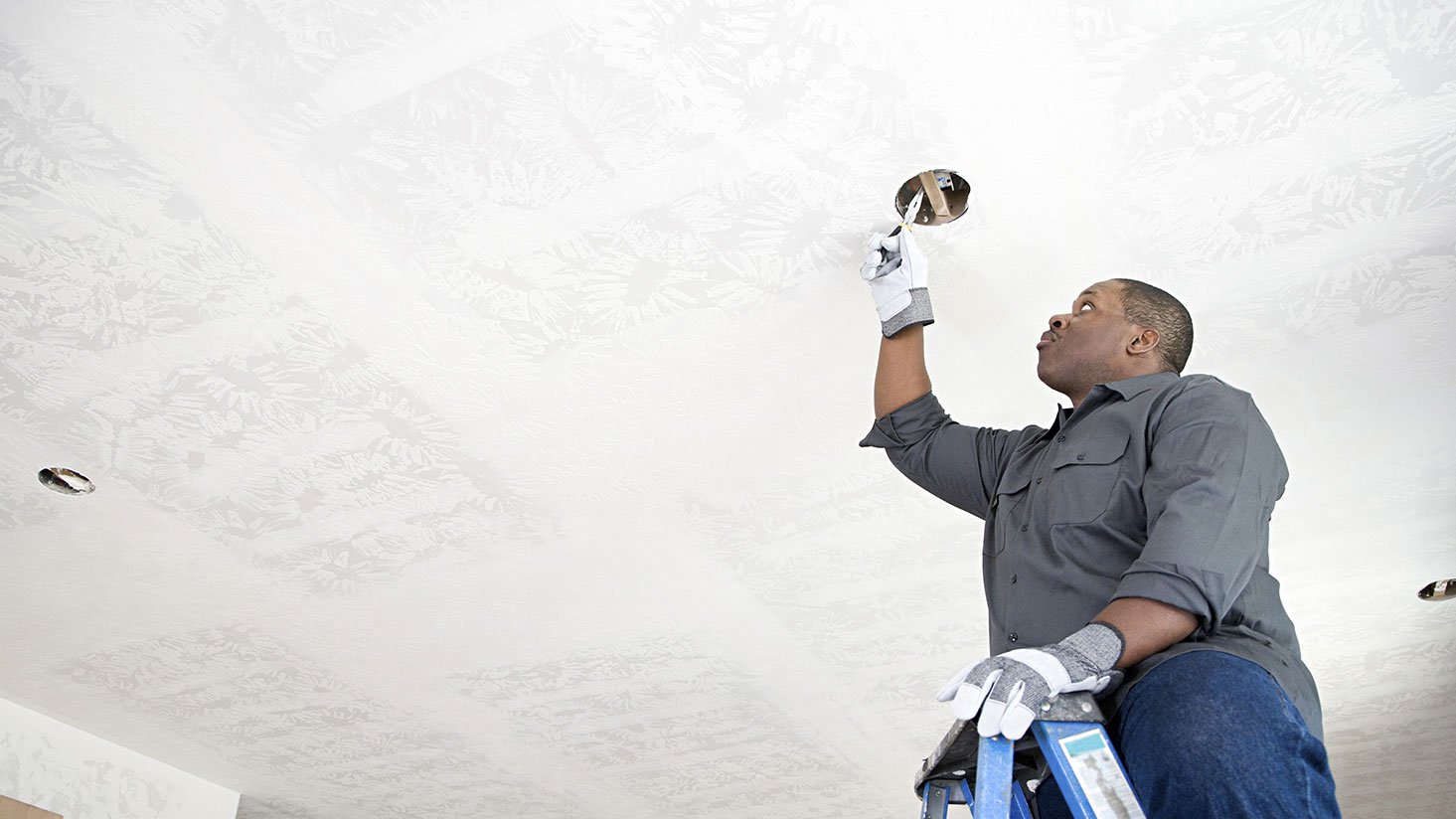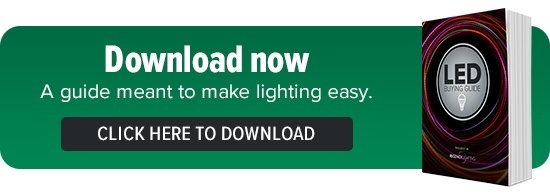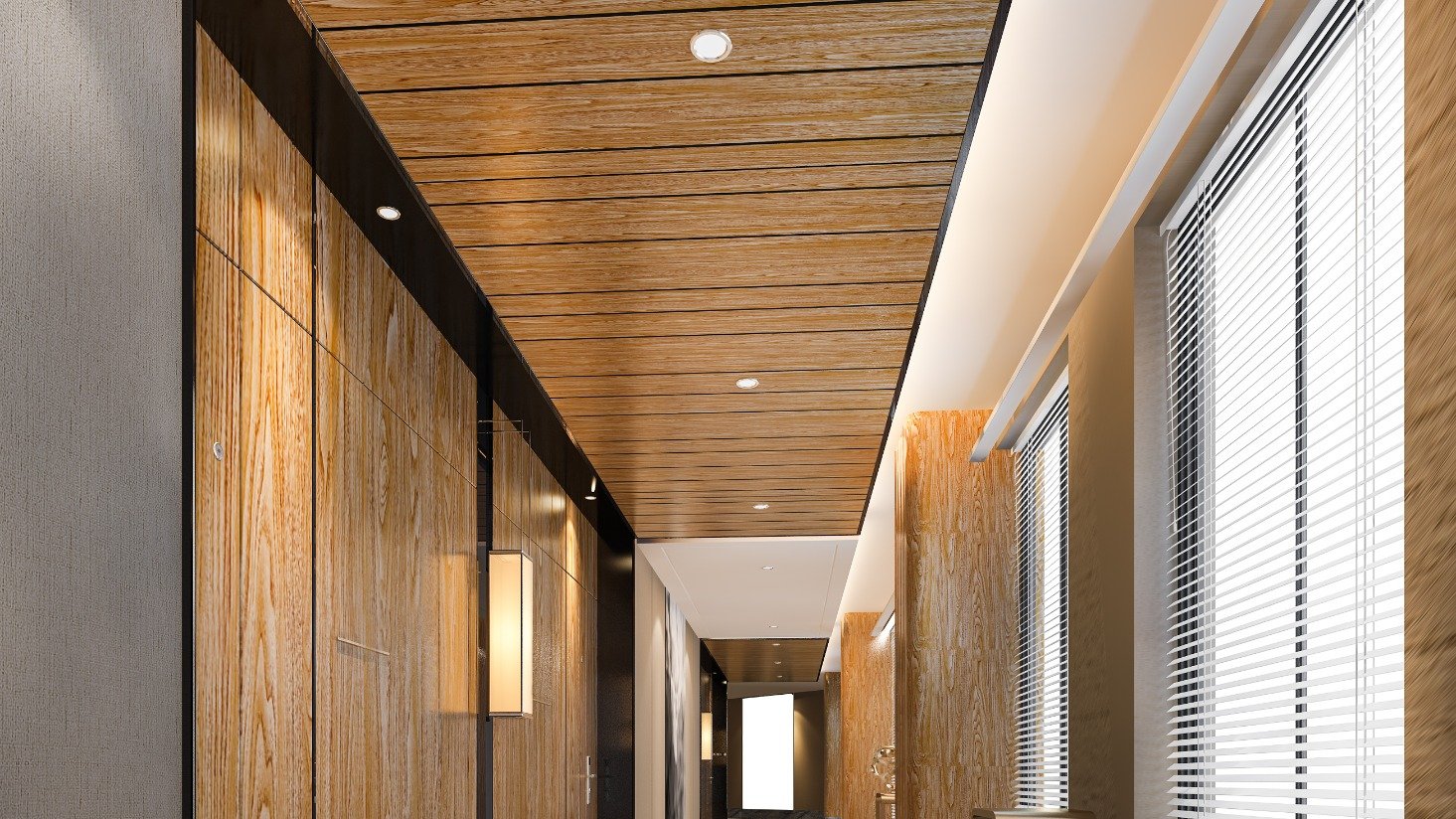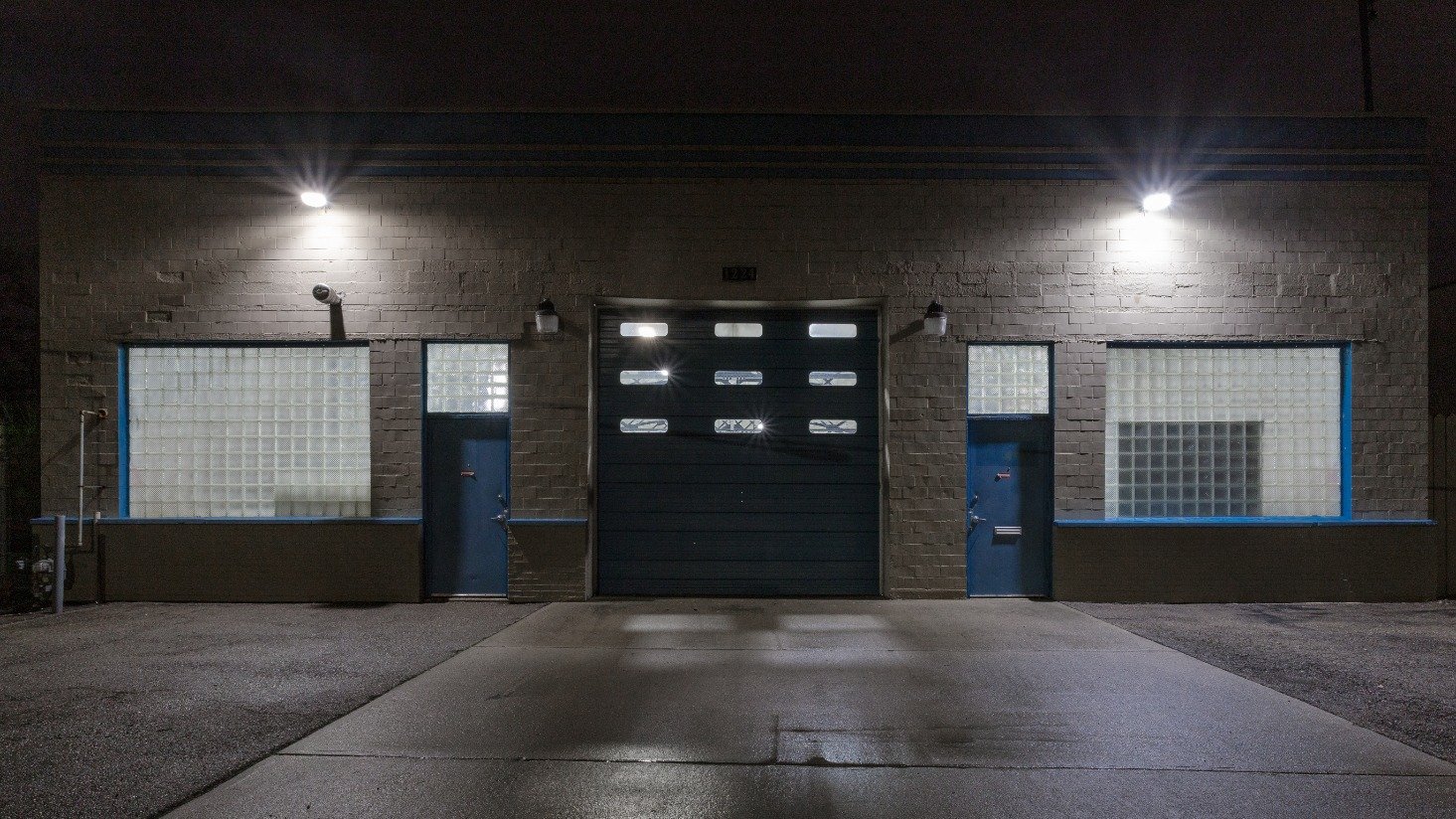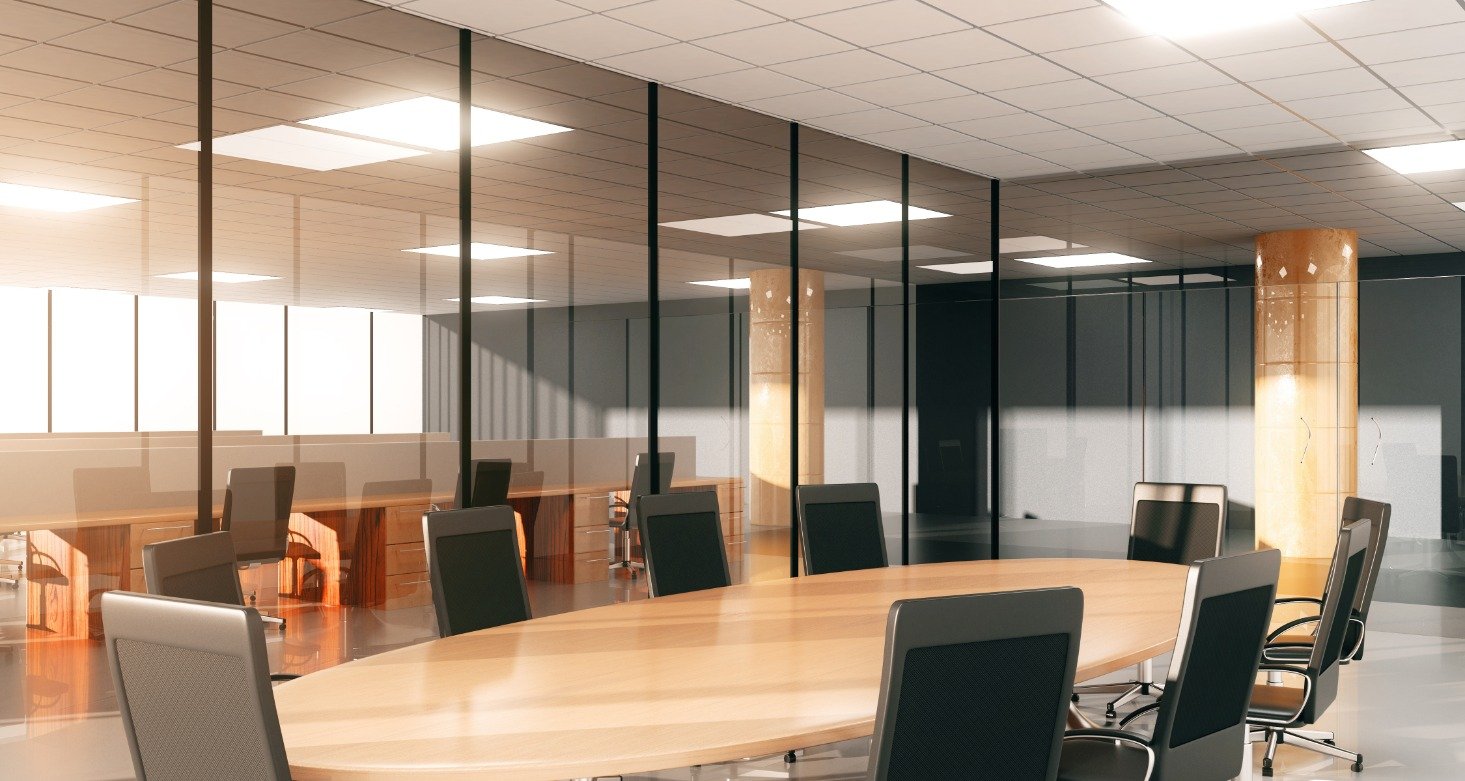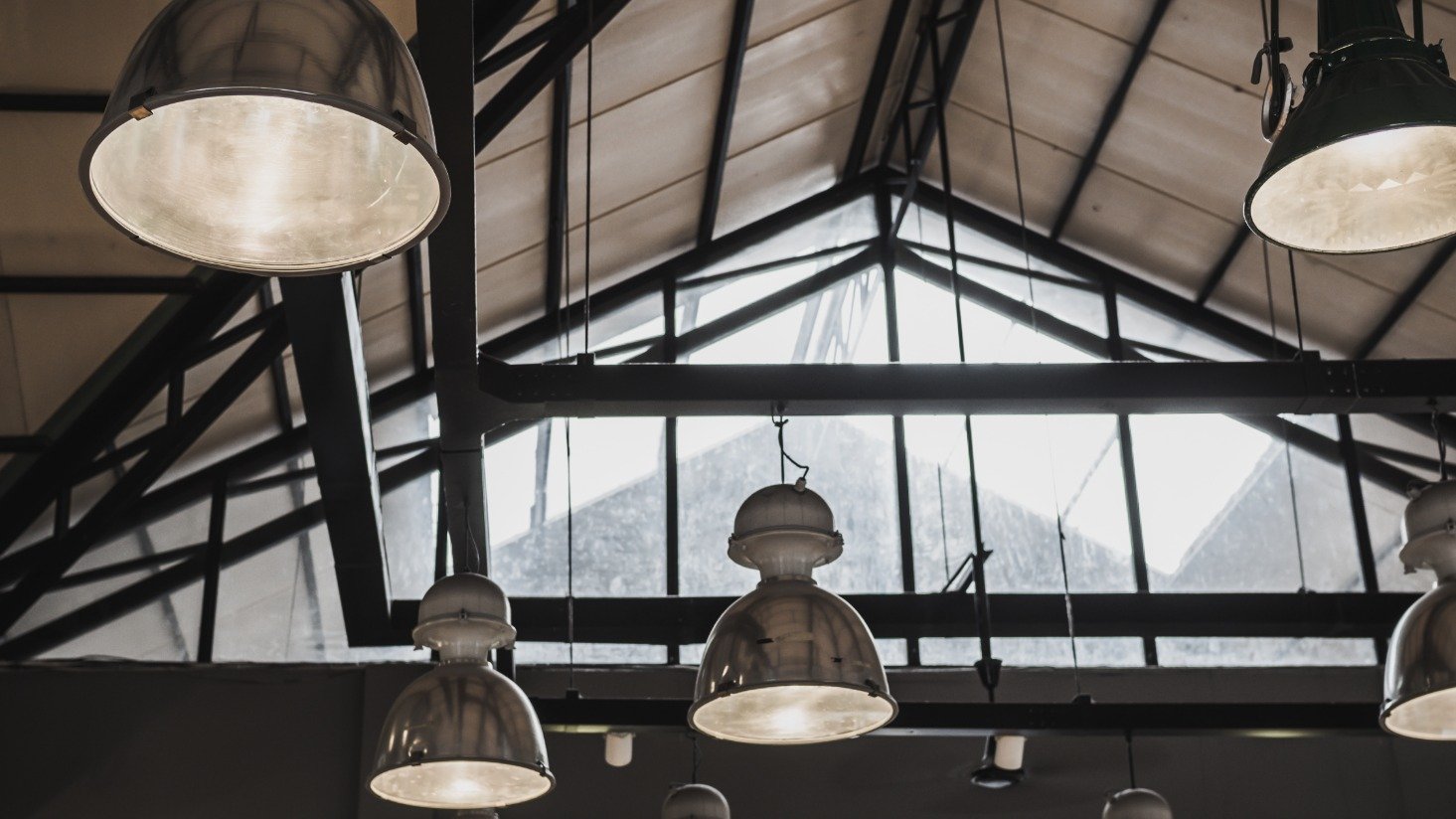Should you use a medium base adapter to retrofit 2-pin or 4-pin CFLs to LED?
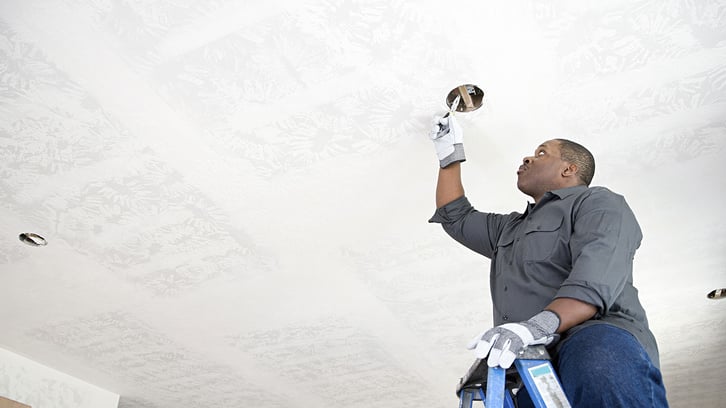 We recently had a customer who was looking to retrofit a large number of compact fluorescent recessed cans at the multifamily property they manage from 4-pin compact fluorescent to LED.
We recently had a customer who was looking to retrofit a large number of compact fluorescent recessed cans at the multifamily property they manage from 4-pin compact fluorescent to LED.
We first looked at using a 4-pin plug-and-play LED lamp in the application, but the customer felt that the lamps were too bright.
What
1. Stick with CFL
The easiest way to keep the light output (lumens) consistent with the previous lamp, of course, is to stick with CFL. But this customer was trying to get away from CFL.
Why? Several good reasons:
- CFLs are likely to be phased out in the next several years and are rapidly declining in production
- CFLs contain mercury and have to be recycled
- LEDs almost always outlast CFLs
- CFLs are prone to color shifting and lumen depreciation
- CFLs are less efficient than LED
It's probably not too surprising to you that we didn't propose this as a viable option for the customer.
Click here to explore the pros and cons of CFLs in more detail.
2. Use a medium base adapter in the can
People will sometimes opt to use a medium base adapter to retrofit their recessed cans. This allows them to install a screw-in LED in a can fit for 4-pin lamps. But this also isn't a solution we like to recommend.
Why?
First and foremost, this solution results in a fire hazard. Now, people use adapters all the time without issue, but it isn't the safest practice and most often voids the UL listing on the fixture. So if the adapter were to melt and start a fire, the manufacturer would not be liable for damages.
Secondly, setting extremes aside, if the lamp were to simply prematurely burn out, the use of a medium base adapter in a 4-pin recessed can
Third, in states and regions with strict energy codes – like California (Title 24) – this solution is likely to trigger
In order to use a medium base adapter in this application, you'd also need to bypass the ballast, which is something Regency does not like to recommend.
Lastly, it's not uncommon for adapters to fall out of base-up fixtures like the one this customer was trying to retrofit. The last thing you want is to buy a bunch of new LED lamps that begin to fall out of the ceiling, landing on the floors of your tenants.
We would only approve this as a retrofit solution if our customer in this situation was okay with accepting liability for the potential of a fire hazard and losing warranty on their materials. But we would understandably go out of our way to forewarn the customer about the drawbacks of a medium base adapter solution.
3. Install a medium-base-compatible retrofit kit in the recessed can fixture
A retrofit kit would definitely be an option worth exploring in this situation. This would include all the necessary components you'd need to change the inner casing of the recessed can fixture over to something compatible with a medium base LED lamp. Everything from sockets to screws, trim, reflector, and brackets – everything you'd need – would come with this solution.
Going with this solution would afford the customer more flexibility, too, when it comes to things like light output – the original issue at hand – and color temperature.
Of the solutions listed above, however, a retrofit kit would come in as the priciest for the customer, considering it would include the cost of both the kit and the replacement light source. This solution is also far and away the most labor intensive of the options we've listed thus far.
4. Go with a recessed can integrated LED fixture
Though a far flight from the cost and simplicity of the plug-and-play LED solution originally proposed to the customer in this scenario, an integrated LED fixture is another option to consider.
While quite a bit pricier than all the options listed above, a new LED fixture would come with the greatest longevity on the market – upward of 50,000 burn hours.
A fixture would also be the most efficient option of all for this customer.
But besides the high cost of this solution, the labor-intensive nature of this solution is also worth considering when weighing your options.
What does Regency recommend for customers looking to retrofit CFL to LED?
At the end of the day, we saw three feasible solutions for this customer: sticking with a plug-and-play 4-pin LED solution, installing a retrofit kit, or installing a new fixture.
Why the too-bright plug-and-play LED lamps our customer originally passed up?
They are by far the most straightforward, cost-effective option here.
When it comes to increased light output, we reminded our customer that the brightness produced by the LEDs was probably especially noticeable because CFLs are prone to significant lumen depreciation. And if you're considering a retrofit, chances are your CFLs have been sitting in their sockets for a while and aren't emitting the same level of light they once did.
This ended up being our top recommendation for this customer due to the high cost and labor intensiveness of the retrofit kit and new fixture solutions.
